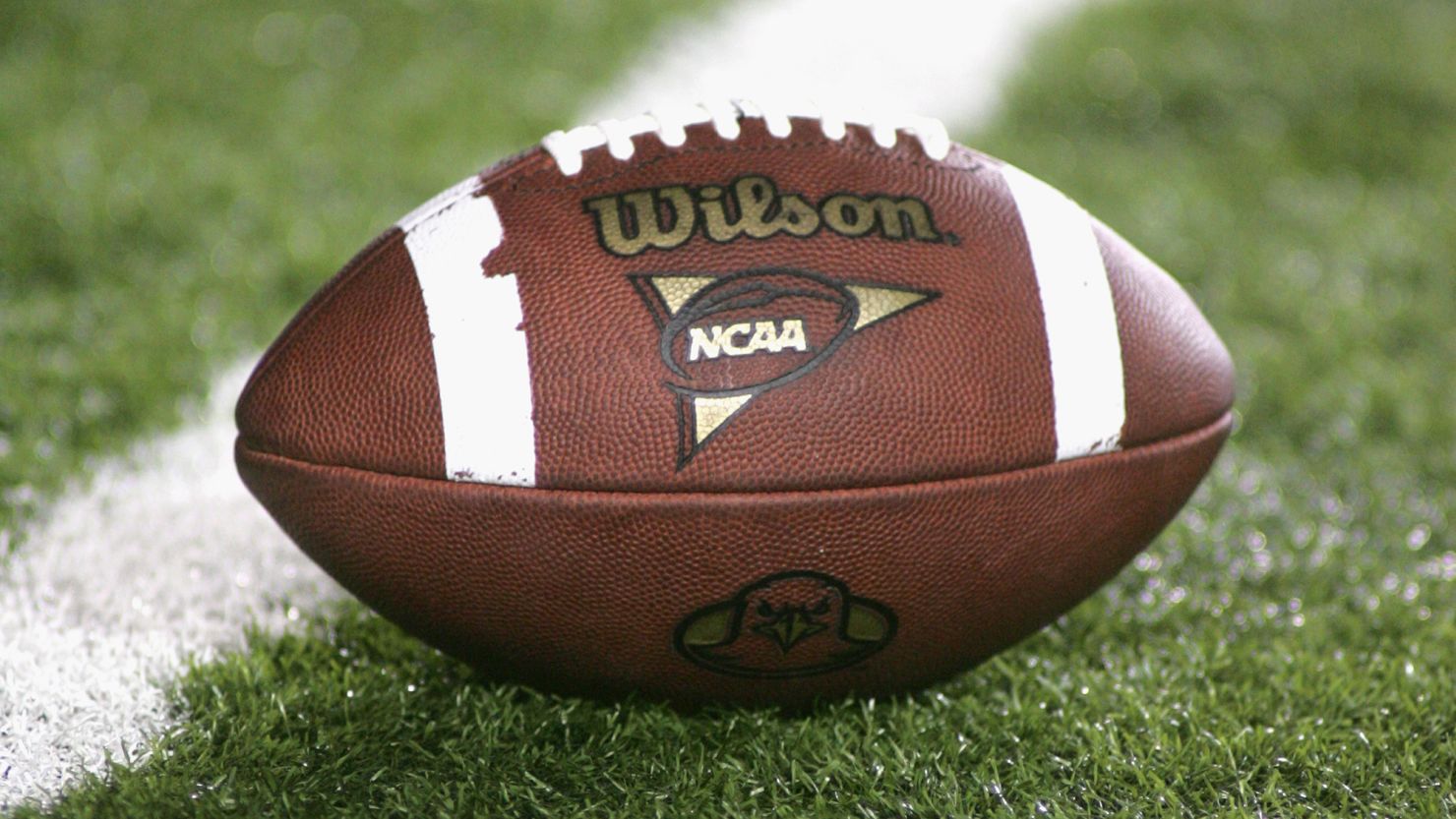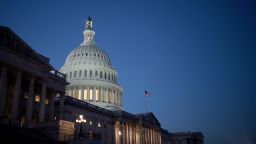How NCAA athletes are compensated could be set to change. If it does, it would stem from a completely new approach by the NCAA.
In a letter to NCAA Division I membership, NCAA president Charlie Baker is proposing to create a new subdivision within Division I – the highest level in collegiate athletics – for schools to directly compensate athletes.
This would be a departure from previous practice. Baker, the former governor of Massachusetts who became NCAA president earlier this year, outlined a proposal for the “highest resourced” colleges and universities to invest in their athletes directly.
This would include the use of athletes being able to profit from their name, image and likeness, commonly known as NIL.
NIL deals stem from an NCAA policy change in 2021 that allowed athletes to profit from sponsorship opportunities –- a move that came after the US Supreme Court said that athletes could receive education-related payments in a case that reshaped the landscape of college sports.
In the letter, which CNN obtained, Baker said moving in this direction “kick-starts a long-overdue conversation among the membership that focuses on the differences that exist between schools, conferences and divisions and how to create more permissive and flexible rules across the NCAA that put student-athletes first.”
“Colleges and universities need to be more flexible, and the NCAA needs to be more flexible, too,” Baker said.
The NCAA president said in the letter that any school that joins this newly created tier would be required to do two things.
First, within the framework of Title IX, invest at least $30,000 per year into an enhanced educational trust fund for at least half of the institution’s eligible student-athletes.
Second, committ to work with their peer institutions in this subdivision to create rules that may differ from the rules in place for the rest of Division I. Those rules could include a wide range of policies, such as scholarship commitment and roster size, recruitment, transfers or NIL.
Baker said in the letter he looks forward to hearing from members and athletes as the NCAA moves ahead and encouraged members to provide feedback on the proposal.
Title IX prohibits discrimination on the basis of sex in education programs or activities – including athletics – that receive funding from the federal government and applies to schools and other educational institutions.






